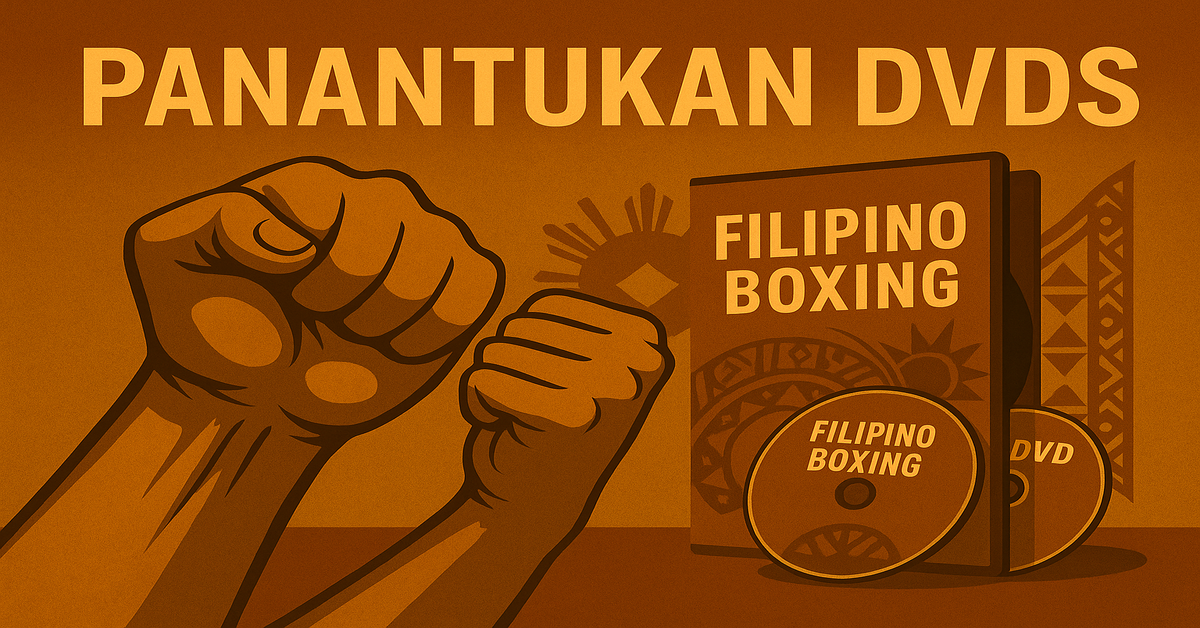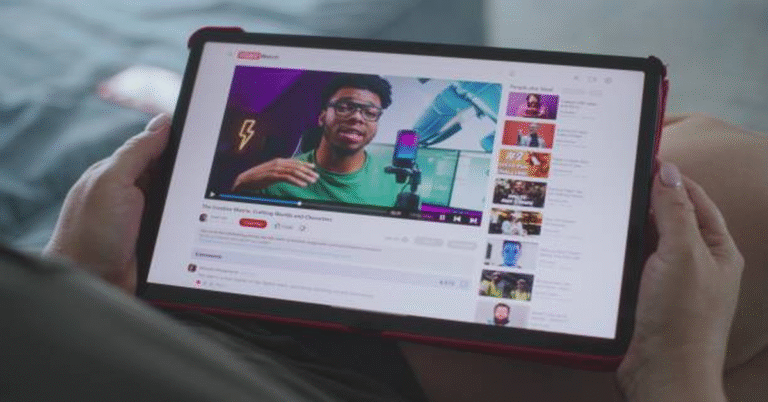
Panantukan, often called Filipino Boxing or sometimes “dirty boxing,” is a martial art that belongs to the broader family of the Filipino Martial Arts (FMA). Unlike Western boxing, which is sport-oriented and emphasizes punches, footwork, and defense within a strict ruleset, Panantukan is a hybrid and adaptive form of striking designed for real-world applications. It merges boxing hand movements with trapping, off-balancing, low-line kicks, limb destructions, and elbow strikes, making it a fluid and unpredictable fighting method.
In modern times, as martial arts enthusiasts seek authentic knowledge outside of mainstream combat sports, Panantukan DVDs have emerged as highly valuable resources. These instructional materials capture the movements, techniques, drills, and strategies of Panantukan, making them accessible to practitioners worldwide who may not have direct access to an instructor. DVDs serve as a bridge, transmitting centuries-old Filipino combat knowledge into living rooms, gyms, and training halls across the globe.
This article explores Panantukan DVDs in great detail, examining their educational value, the art’s roots, applications, and training methods. It also discusses how learners can maximize these resources for skill development.
Origins of Panantukan
Panantukan is deeply rooted in the Philippines’ history of warfare and self-defense. Filipino Martial Arts evolved as survival systems during centuries of tribal conflict, colonization, and resistance against invaders. Unlike sports-based combat systems, FMA disciplines—including Arnis, Eskrima, and Kali—focused on practicality and adaptability in dangerous encounters.
Panantukan represents the empty-hand counterpart of these arts. While weapons like sticks and blades dominate Eskrima or Kali training, Panantukan simulates the same principles without tools. For example:
- Stick strikes become powerful hooks, uppercuts, or hammerfists.
- Knife thrusts translate into straight punches or finger jabs.
- Defensive parries against blades transform into traps, passes, and redirections against an opponent’s arms.
Thus, Panantukan is not simply boxing with added tricks—it is an integrated system born from a weapons-based culture.
Why Panantukan DVDs Are Valuable
DVDs focusing on Panantukan are more than just recordings of techniques. They serve as structured guides, preserving teaching methods that might otherwise be lost. Some reasons they are highly valued include:
- Accessibility – Not every city has FMA instructors; DVDs bridge this gap.
- Affordability – Compared to private lessons or seminars, DVDs offer lasting value at a fraction of the cost.
- Preservation – Many masters of Panantukan are aging; DVDs document their teachings for future generations.
- Repetition and Review – Learners can pause, rewind, and practice at their own pace.
- Global Reach – Panantukan spreads worldwide through digital resources, strengthening its recognition.
Structure of a Panantukan DVD
While each instructional DVD varies depending on the teacher, most follow a structured approach that builds from fundamentals to advanced applications. Below is a table outlining a typical Panantukan DVD structure:
| Section | Content Overview |
|---|---|
| Introduction | Background of Panantukan, history, philosophy, training objectives. |
| Fundamental Strikes | Straight punches, hooks, uppercuts, hammerfists, backfists. |
| Footwork | Triangular steps, lateral shuffles, evasive pivots. |
| Defensive Principles | Parries, covers, shoulder rolls, elbow shields. |
| Trapping Hands | Techniques to clear, jam, or immobilize the opponent’s arms. |
| Limb Destructions (Gunting) | Striking or cutting motions to damage arms when opponent punches. |
| Close-Range Tools | Elbows, headbutts, knees, shoulder bumps. |
| Integration with Kicks | Low-line kicks targeting legs, shins, and knees to disrupt balance. |
| Flow Drills | Partner exercises to develop reflex, timing, and fluidity. |
| Real-World Applications | Scenario-based training (street defense, multiple attackers, confined spaces). |
| Conclusion | Summary, mindset, continued practice advice. |
This modular approach ensures that learners gradually progress from basic mechanics to adaptive fighting strategies.
Key Techniques Covered in Panantukan DVDs
1. The Boxing Foundation
Panantukan begins with classic boxing strikes—jabs, crosses, hooks, and uppercuts—but quickly diverges by adding:
- Hammerfists for downward or sideways impact.
- Backfists for quick snapping strikes.
- Slaps or palm strikes for close-range control.
2. Gunting – Limb Destructions
A hallmark of Filipino combat is “gunting” or scissor-like destruction. Panantukan DVDs often showcase:
- Hitting the biceps with the knuckles as the opponent punches.
- Using elbows to destroy the attacking limb.
- Targeting nerve clusters in forearms to weaken grip strength.
3. Trapping and Off-Balancing
Panantukan emphasizes manipulation: grabbing, redirecting, or trapping arms so the opponent cannot strike freely. This creates openings for devastating counterattacks.
4. Integration of Elbows, Headbutts, and Knees
Unlike Western boxing, Panantukan embraces every part of the body as a weapon. Instructional DVDs often highlight clinch-based tools, headbutts for shock value, and knees to immobilize attackers.
5. Footwork and Angles
Borrowing heavily from Eskrima triangular stepping, practitioners learn to attack from deceptive angles while avoiding straight-line attacks. DVDs slow these movements down so learners can grasp both geometry and timing.
Training Benefits of Panantukan DVDs
Studying Panantukan through DVDs offers both physical and mental benefits.
- Practical Self-Defense – Techniques are designed for unpredictable encounters, unlike sport-bound rulesets.
- Enhanced Reflexes – Flow drills sharpen timing and decision-making.
- Conditioning – Elbows, knees, and limb destructions toughen the body.
- Cultural Insight – DVDs often embed Filipino cultural philosophies of adaptability and resilience.
- Versatility – Can complement other martial arts such as Muay Thai, Brazilian Jiu-Jitsu, or MMA.
Comparison of Panantukan DVDs with Other Martial Arts DVDs
| Criteria | Panantukan DVDs | Muay Thai DVDs | Boxing DVDs |
|---|---|---|---|
| Focus | Street realism, adaptability, hybrid tactics. | Sport-based clinch, kicks, strikes. | Pure hand striking, ring strategy. |
| Tools Used | Hands, elbows, knees, traps, limb destructions. | Punches, elbows, knees, kicks. | Punches and defense. |
| Footwork | Triangular, deceptive, multi-angled. | Forward pressure, balance-oriented. | Linear and circular, ring-based. |
| Applications | Self-defense, real combat. | Competitive fights, conditioning. | Boxing matches, athletic performance. |
| Philosophy | Blending weapon and empty-hand principles. | Hard strikes, ring dominance. | Sport rules, endurance. |
This table highlights how Panantukan DVDs stand apart as a street-smart and versatile learning tool.
Maximizing Learning from Panantukan DVDs
Watching a DVD is only the first step. To truly benefit, learners should:
- Train with a Partner – Panantukan techniques rely on timing, which cannot be learned solo.
- Drill Repetition – Rewind sections and repeat movements until they feel natural.
- Shadowboxing Adaptations – Practice techniques in solo shadowboxing with imagination.
- Integrate with Sparring – Apply Panantukan tactics in controlled sparring for realism.
- Supplement with Seminars – If possible, attend live FMA workshops to refine learning.
The Future of Panantukan DVDs
As digital platforms evolve, traditional DVDs may transition into online streaming courses or downloadable resources. However, the principle remains the same: recorded teachings are timeless references. The value of Panantukan DVDs lies in preserving authentic voices of masters, ensuring that this unique art continues to inspire martial artists worldwide.
Conclusion
Panantukan DVDs are more than training tools; they are cultural archives and stepping stones to mastery in a unique martial art. They enable practitioners everywhere to study Filipino dirty boxing’s tactical, adaptive, and effective combat system at their own pace. By blending history, practical training, and philosophical depth, these DVDs ensure that the spirit of Panantukan remains alive and accessible to all.
In today’s era, where martial arts blend tradition with innovation, Panantukan DVDs stand as a bridge—connecting learners not only to skills but also to the living heritage of Filipino combat culture.
FAQs
1. What is Panantukan?
Panantukan is Filipino Boxing, also called dirty boxing, emphasizing strikes, traps, limb destructions, and real-world combat applications.
2. Are Panantukan DVDs suitable for beginners?
Yes, most DVDs start with fundamentals and progress to advanced techniques, making them useful for all skill levels.
3. How is Panantukan different from regular boxing?
Unlike sport boxing, Panantukan incorporates elbows, knees, trapping, off-balancing, and street-defense principles.
4. Can Panantukan DVDs replace a live instructor?
They cannot fully replace live teaching but serve as excellent supplements, especially where instructors are unavailable.
5. Do Panantukan DVDs cover self-defense applications?
Yes, most instructional DVDs emphasize practical street-defense scenarios, not just sport or aesthetic movements.







